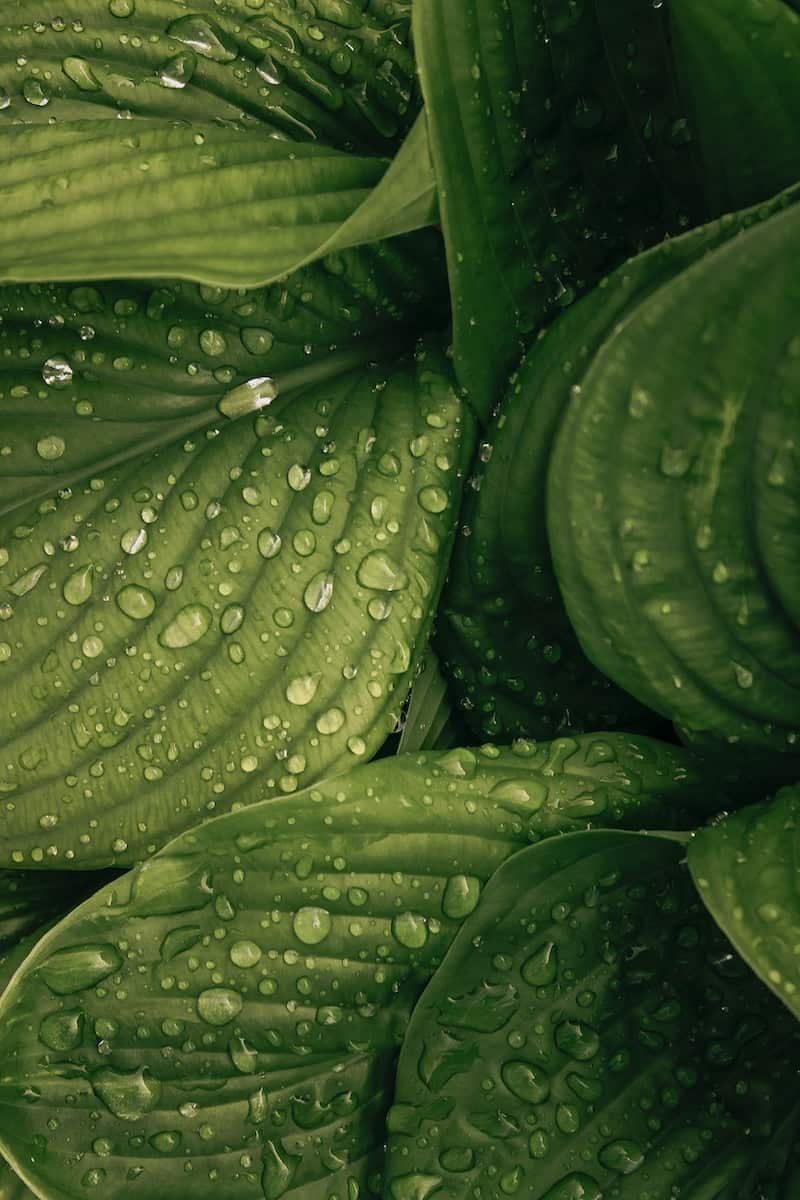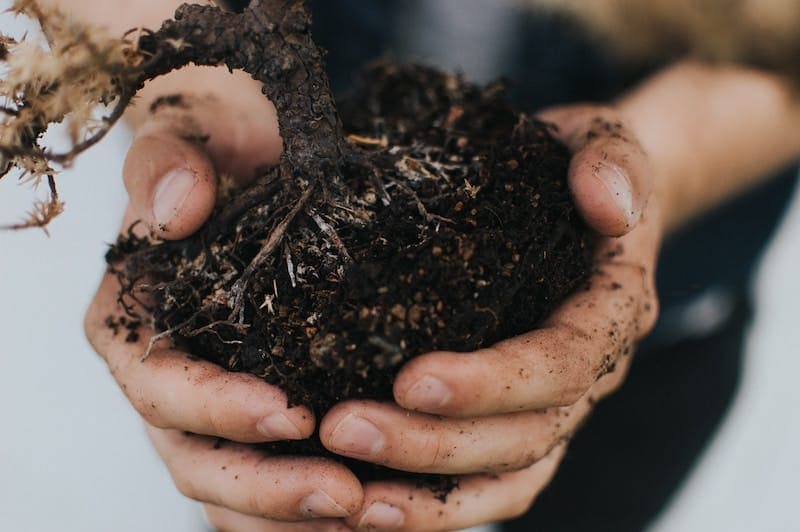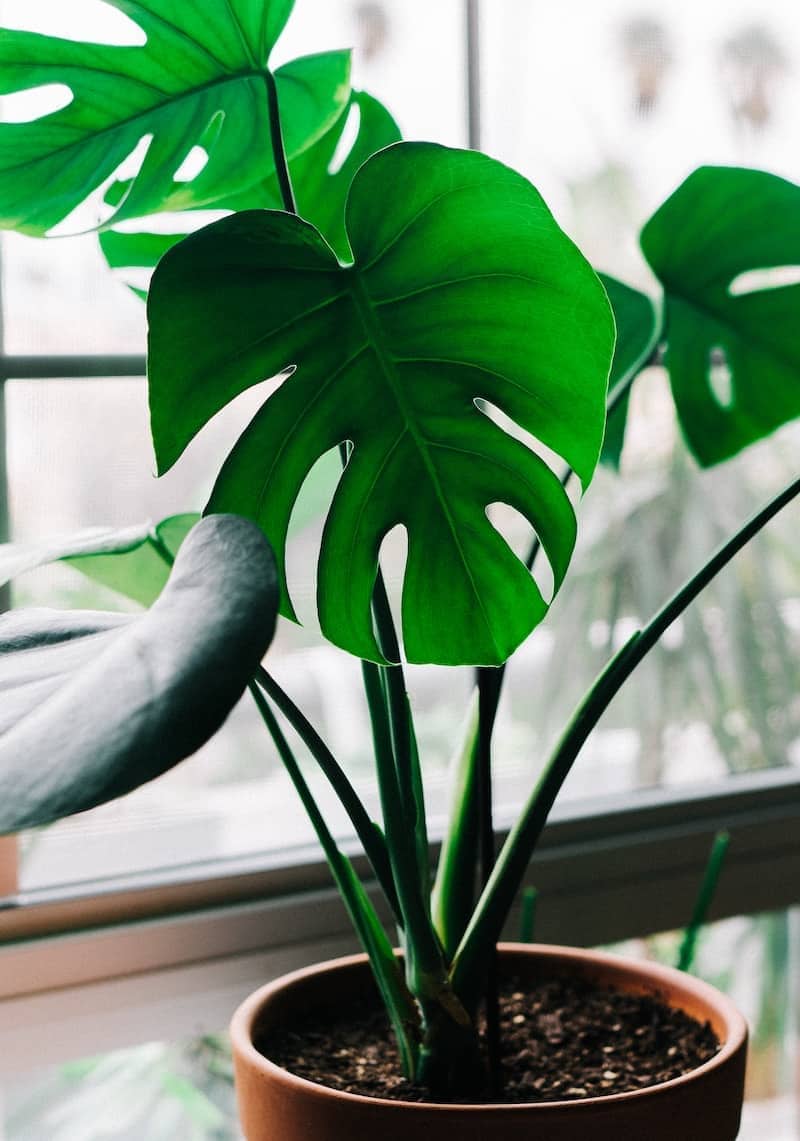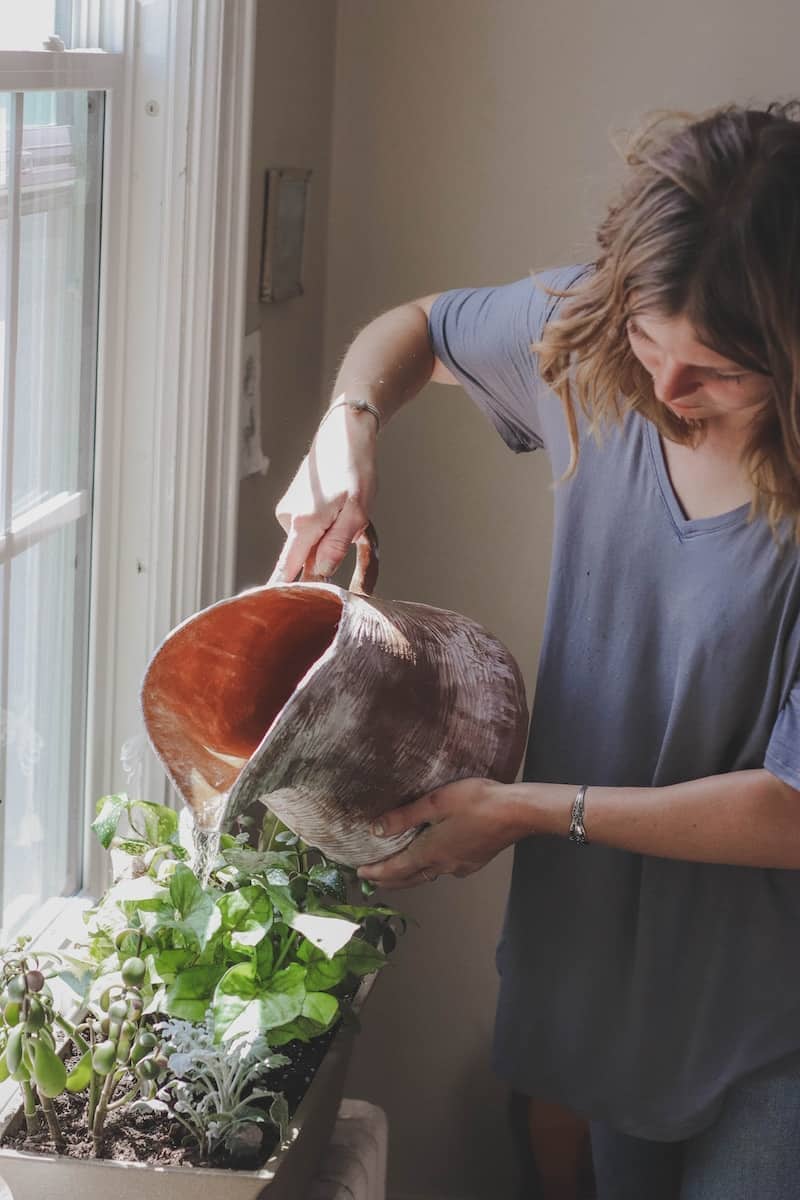Adding greenery to your home is one of the best ways to not just beautify it but also reduce carbon dioxide levels and increase the air quality in your home. Did you know that adding plants to your home can also reduce stress levels and boost your mood? Some of the most popular plant additions to homes in 2019 are tropical plants. Aside from being absolutely delightful to look at in all their exoticness, tropical plants are also easy to maintain indoors as they all tend to have the same basic needs. In today’s article, we look at how you can tend to your indoor tropical plants all year round, so read on to find out more.
Pay Attention To How Much You Are Watering Your Plants
The wide majority of tropical plants require soil that is evenly moist, but not wet. Whilst many common houseplants are sturdy enough to endure the occasional overwatering, do keep in mind that too much water is one of the main causes of tropical plant death. This is why you should avoid watering your indoor tropical plants too often. It is important that you check the soil regularly, and only water your plants if the soil is dry. One of the best ways to properly check for this is to insert your finger at least 1 inch into the soil and check for moisture. If the soil feels moist, chances are you don’t need to add more water to it. An indoor sprinkler system can assist in keeping your tropical plants healthy and alive, especially if you are one to occasionally forget about watering your plants. A soil moisture gauge is another handy tool that can assist you in keeping track of whether your plants need to be watered. Whatever the case, always remember that both over and under-watering should be avoided with your indoor tropical plants.

Consider Humidity Levels
It is no surprise that tropical plants thrive in humid conditions. Thankfully, tropical plants are also very adjustable to new conditions and can easily adapt to living indoors where air tends to be less humid. Whilst a small minority of tropical plants are more sensitive than others to humidity levels, it never hurts to add a little more moisture into the air to help your plants thrive. You can do this by purchasing a humidifier and placing it near your plants, or by misting them with a spray bottle on a regular basis. Other methods of increasing humidity is to place your plants in a mini indoor greenhouse or placing them on top of pebble trays filled with water. You can also purchase an air humidity monitor to keep an eye on the humidity levels in your home.

Choose The Right Potting Soil
Thankfully, when it comes to soil, tropical plants aren’t too fussy. Most will grow well in regular potting soil but do keep in mind that adding perlite or pumice to your potting soil is a great option for those who are prone to overwatering. If on the other hand, you struggle with the tendency to underwater, you may want to consider mixing some peat moss into your all-purpose potting soil as it will help your soil retain moisture for longer. Some of the more exotic tropical plants such as Orchids require special potting soil, so always do your research before purchasing or re-potting new tropical plants.

Light Requirements
Most tropical plants come from forests where they grow under the shade of large trees, meaning they don’t require high amounts of light to thrive. This makes tropical plants the ideal plants to have indoors as they adapt well to low light conditions. Do keep in mind that some specific tropical plants require higher light exposure than others, so always do your research before getting a new plant. Plants that require low light conditions will dry out and eventually die if placed in a sunny window. On the other hand, if you find that your tropical plants are starting to grow leggy, chances are they require more light and need to be moved to a sunnier spot. If your home received very minimal amounts of natural light, you could consider purchasing some indoor plant lights to help your tropical plants thrive.

Get Rid Of Pests
If you’re a big fan of growing plants indoors, chances are at some point you are going to have to deal with houseplant pests. Spider mites and Soil Gnats are two of the most common tropical houseplant pests that you may encounter. The best way to get rid of them is to begin treatment immediately, always ensuring that you avoid any chemical pesticides as they aren’t very effective and also pose a threat to pets and children. Organic and natural pesticides are the best options for getting rid of pests, whilst sticky traps help in getting rid of any flying pests.

_________
Tropical plants are some of the most beautiful and easy to maintain plants that anyone can add to their home. We hope that this tropical plant care guide has offered you all the information you need for ensuring the best conditions in your home for your plants to thrive!
